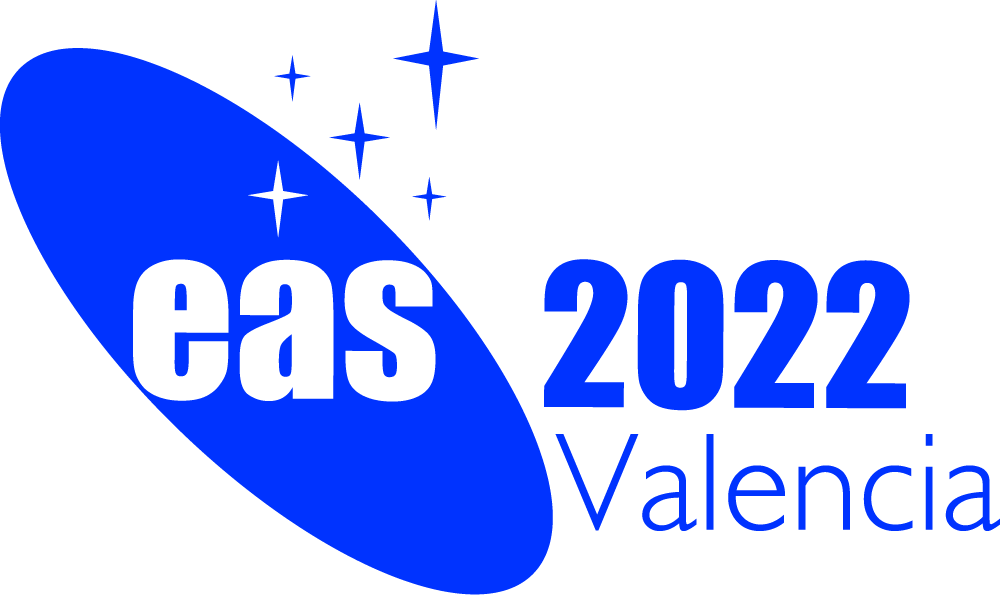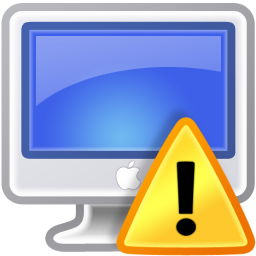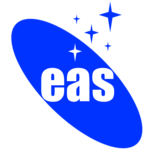Symposium S3
27-28 June 2022
The dark matter multi-messenger challenge

News:
Please, find the program at the following link: EAS 2022 Program
Aims and scope
One of the major challenges in modern physics is understanding the nature of the Dark Matter filling our Universe, which has attracted the interest of astronomers, cosmologists and particle physicists for a very long time. In the last half a century, we have accumulated a large amount of observations at galaxy, cluster and cosmological scales, and a large number of candidates have been proposed over a remarkably broad mass range, spanning from ultra-light axion-like particles to massive compact objects such as primordial black holes. The yet unanswered question of the dark matter "constituent" leaves the debate about alternative theories of gravity, as the solution to the missing mass problem in the Universe, open.
This is a very special moment for this field of research, with several revolutionary observational windows recently opened. The fields of neutrino and gravitational-wave astronomy are now well-established and rapidly evolving disciplines, and will finally allow the application of a truly multi-messenger approach to the quest for the fundamental nature of Dark Matter. Moreover, current and new generation surveys and instrument are about to observe billions of galaxies and measure their shapes and photometry, allowing us to precisely measure galaxy masses, thanks to the discovery of thousands of gravitational lenses (e.g., Euclid, Rubin/LSST and CSST), and to determine kinematics with unprecedented accuracy (e.g., MANGA, StePS@WEAVE, 4MOST, PN.S.) Telescopes such as Euclid will probe the large-scale structure of the Universe as never done before. These experiments will probe the amount of missing mass in astronomical systems at different scales. The next decades will be even more promising, with unprecedented progress also expected from the radio astronomy domain all the way up to the very-high-energy end of the electromagnetic spectrum (e.g., SKA, e-ASTROGRAM, CTA, LHAASO). All these efforts will allow the application of a multi-faceted approach in this challenging search for the answer to: what is Dark Matter?
The main goal of this Symposium is to discuss the Dark Matter problem with emphasis on its multiple connections with the astronomical, cosmological and particle physics perspectives. The most recent developments of dark matter-related multi-messenger astronomy and cosmology will be highlighted, including the discussion of alternative theories of gravity. We aim at bringing together a diverse community of experimentalists and theorists to tackle the following questions:
Programme
- How is dark matter distributed at large scales? How accurate are hydrodynamical simulations? How well-known is the physics in them? Do we need a change of technological paradigm?
- Why is the missing mass problem emerging in galaxies and clusters and not in smaller stellar systems? Is there a mass scale at which we enter the realm of dark matter or some unknown physical process?
- How can we search for dark matter? We will review indirect searches from astronomical to cosmological scales (with photons, antimatter and neutrinos), direct detection, effects on compact objects, etc.
- How can a wide multi-messenger approach, combining astrophysical, cosmological and direct/indirect probes, be efficiently applied?
- Do we have too poor data to discriminate among different scenarios? Do we have excellent data but weak models? What are the future prospects? Are we asking the right questions? What kind of observational probes can be used to discriminate among different scenarios?
- Is there any viable alternative to dark matter at all scales?
- What are the current and future surveys/instruments/experiments that could answer these questions?
Invited speakers
- Y. Ali-Haďmoud (New York University, USA)
- S. Cebrián (University of Zaragoza, Spain)
- F. Chadha-Day (Durham University, UK)
- S. Clesse (Université Libre de Bruxelles, Belgium)
- P. S. Cole (GRAPPA, Netherlands)
- R. Garani (INFN Florence, Italy)
- M. Jauzac (Durham University, UK)
- F. Lelli (INAF Florence, Italy)
- M. A. Sánchez-Conde (IFT (UAM-CSIC), Spain)
- J. D. Zornoza (IFIC (CSIC-UV), Spain)
Scientific organisers
- V. De Romeri (chair, IFIC (CSIC-UV), Spain)
- D. Gaggero (chair, IFIC (CSIC-UV), Spain)
- N. R. Napolitano (chair, SYSU, China)
- S. Palomares-Ruiz (chair, IFIC (CSIC-UV), Spain)
- C. Tortora (chair, INAF-Napoli, Italy)
- M. Brouwer (KAI, Netherlands)
- L. Lopez-Honorez (ULB, Belgium)
- S. McGaugh (CSWU, USA)
- O. Mena (IFIC (CSIC-UV), Spain)
- J. Redondo (UNIZAR, Spain)
- R.-S. Remus (USM, Germany)
Contact
deromeri @ ific.uv.es, daniele.gaggero @ uam.es, napolitano @ mail.sysu.edu.cn, sergiopr @ ific.uv.es, crescenzo.tortora @ inaf.it
Updated on Mon Jun 06 15:37:32 CEST 2022
|

 A power cut will shut down all EAS services on Tuesday, 10 January 2017 starting at 7:30 CET.
A power cut will shut down all EAS services on Tuesday, 10 January 2017 starting at 7:30 CET.


